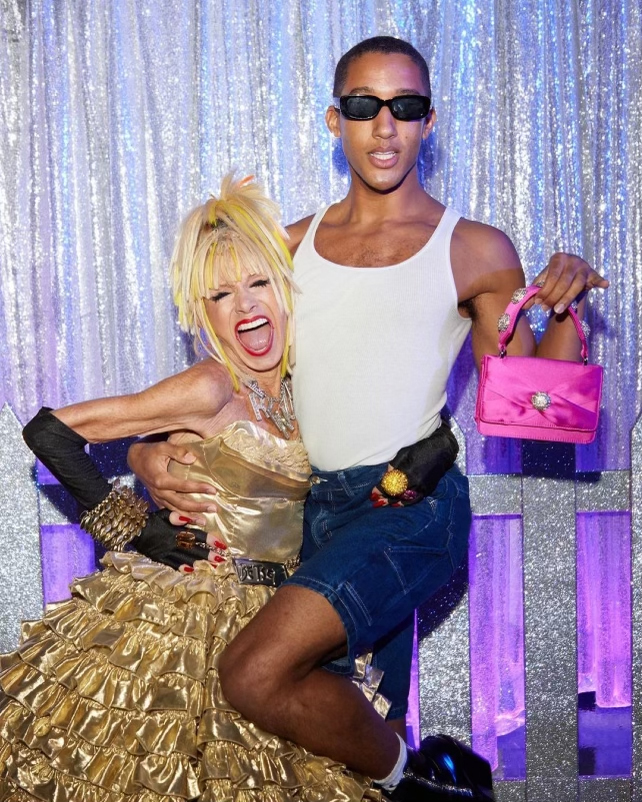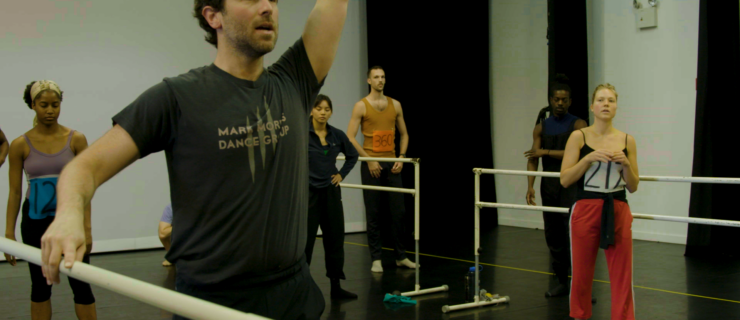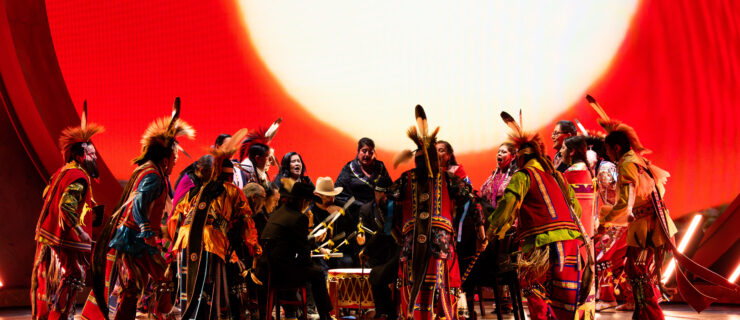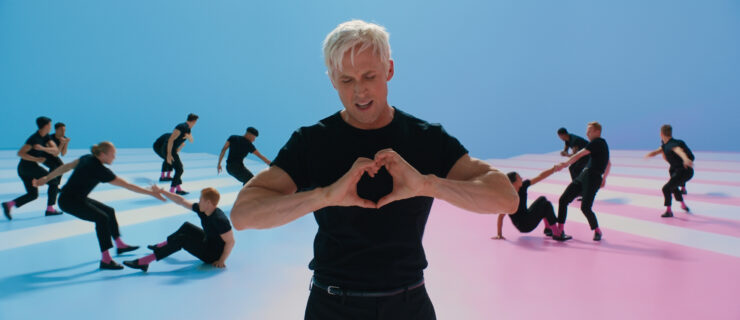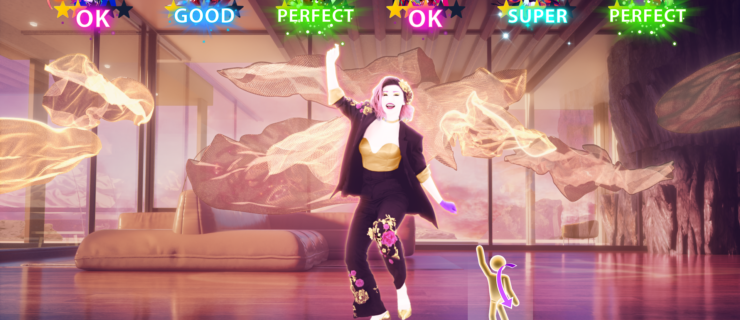What Real Dancers Think of Balletcore
Whether you like it, loathe it, or roll your eyes at it, you can’t miss it: Ballet-inspired clothing for the nondancing consumer is everywhere. The fashion and ballet worlds have a long and storied relationship, but ballet-aesthetic streetwear’s recent resurgence in popularity has been striking. According to fashion insiders, “balletcore” is already a defining trend of 2024.
Balletcore is also a subject of passionate debate among dancers. Many cringe at simplistic representations of the tools of their trade and, especially, at the use of models who appear to lack any ballet experience. Others think it’s a harmless or even potentially beneficial sign of admiration and respect for their art form.
However dancers feel about it, the renewed obsession with balletic fashion has the potential to affect both ballet’s place in today’s culture and the public perception of what ballet is.
A Trend With Deep Roots
Patricia Mears, deputy director at New York City’s The Museum at FIT (Fashion Institute of Technology) and a lifelong ballet fan, curated the museum’s 2020 exhibit, “Ballerina: Fashion’s Modern Muse.” She says the invigoration of ballet culture in the West during the 1920s and ’30s sparked a fascination with ballet dancers themselves, leading to an early version of balletcore.
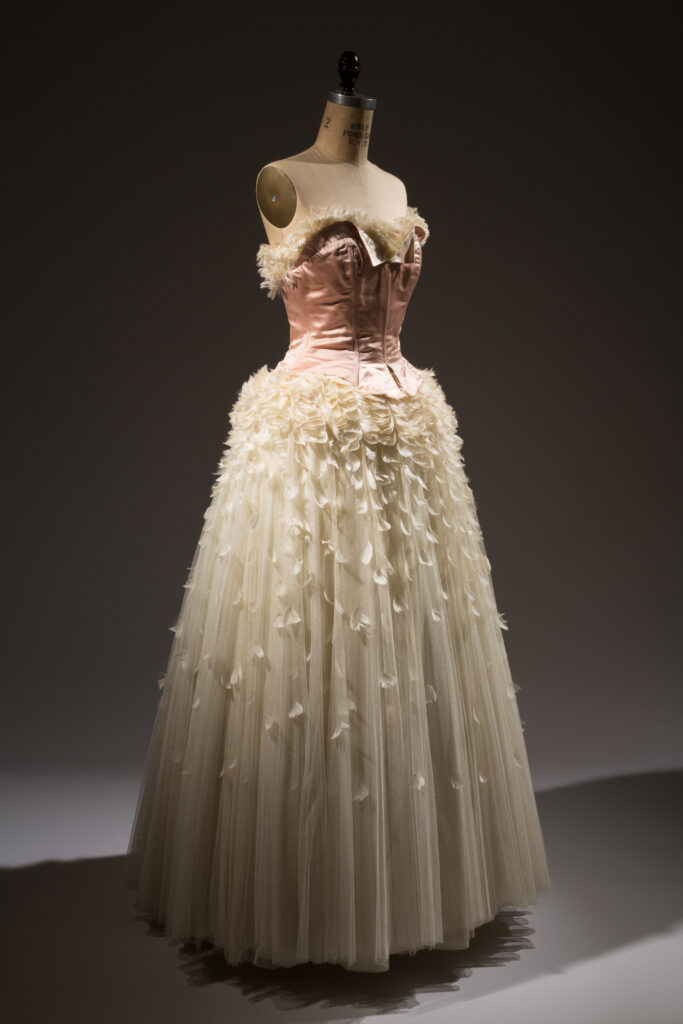
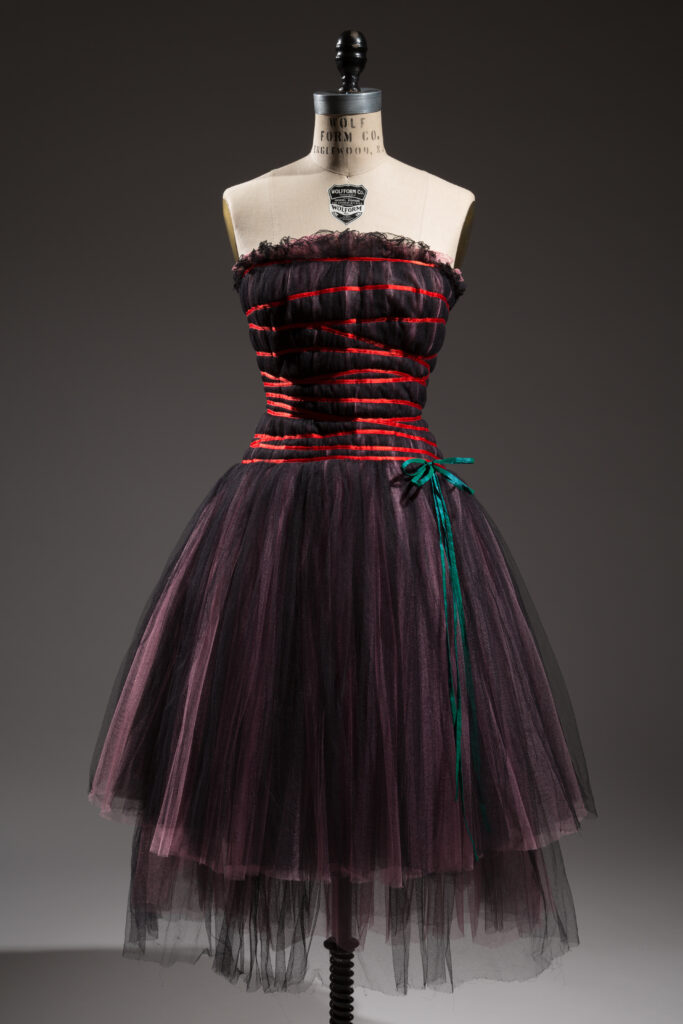
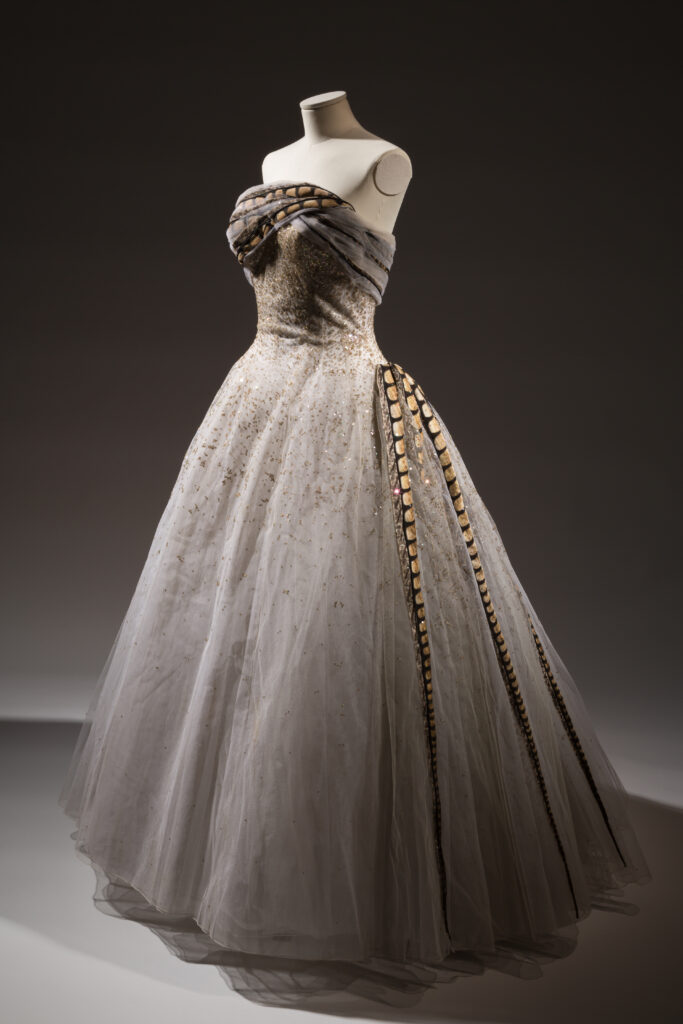
“The ballerina became much more respected in society, and, therefore, what she looked like was also more respected,” Mears says. “Women designers in particular began using class and rehearsal wear as a foundation for easy, knitted separates. It was a fascinating phenomenon.”
Something similar may be happening now, thanks in large part to social media. Dancers’ presence on various platforms gives the general public glimpses into the dancers’ offstage (albeit highly curated) lives—including what they wear when not in costume.
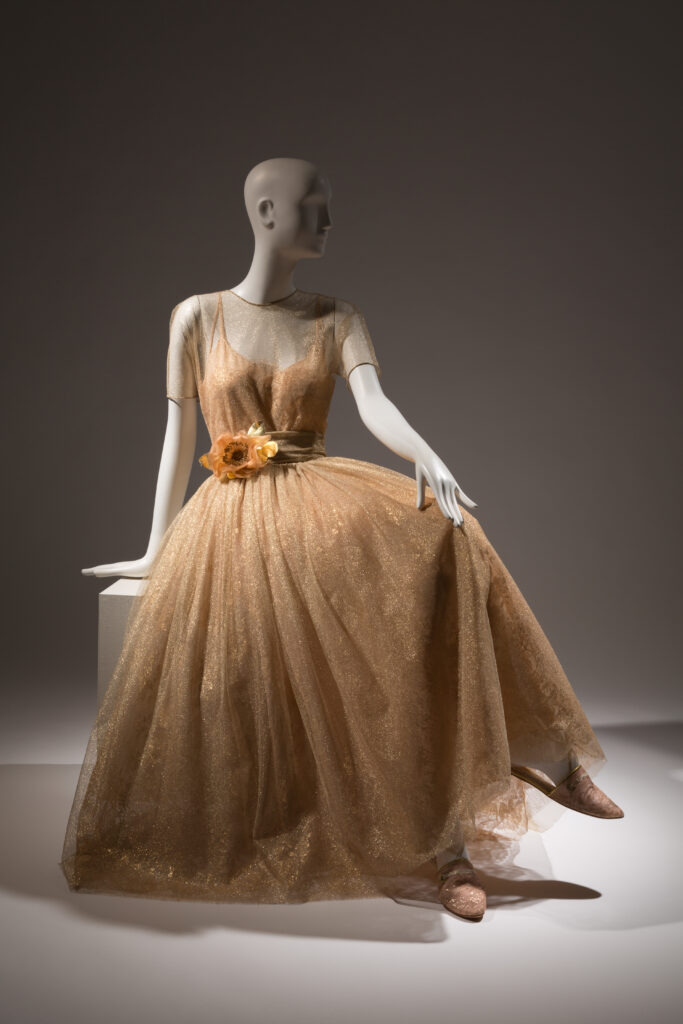
Joffrey Ballet dancer Jeraldine Mendoza thinks seeing dancers as individuals this way fuels a sense of intrigue, fascination, and also relatability. “Now that ballet dancers are becoming visible as ‘real people’ online, more people see what we do on a daily basis,” Mendoza says. “And even though it might seem unreachable, they still want to touch it somehow.” Fashion offers an attainable way to emulate an aspirational lifestyle.
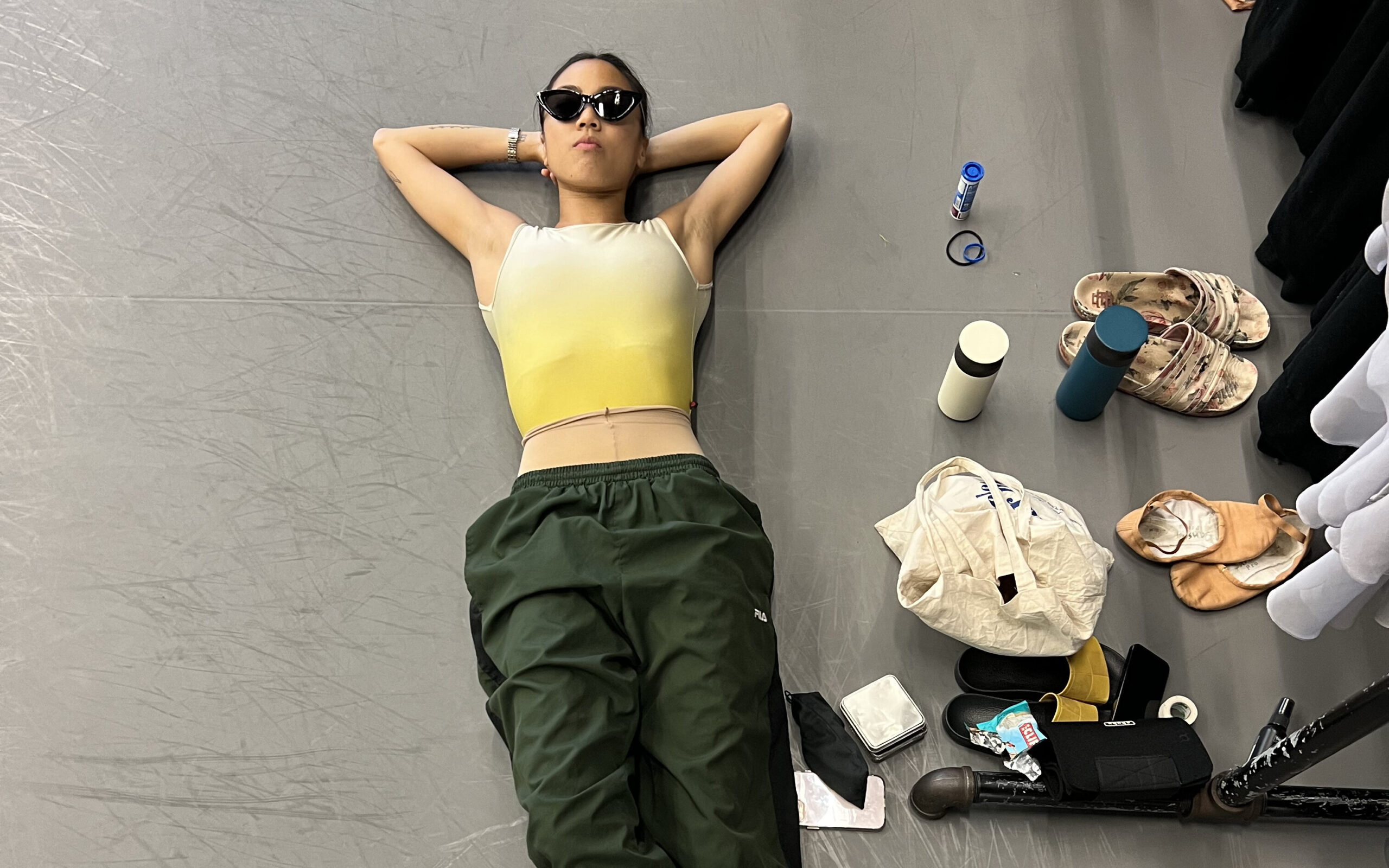
Mears agrees, adding that other current fashion trends are also making balletcore a natural fit for the times. “There’s a movement towards more relaxed clothing and individual styles with no rules,” she says. “I also see an undercurrent of interest, especially in young people, of searching for things that are true and beautiful. And ballet is one of those things.”
Ballet Fantasy Versus Ballet Reality
Balletcore is not, of course, supposed to be an exact reproduction of what dancers actually wear to work. Even so, the fashion world’s take on the ballet aesthetic frequently skews generic and somewhat outdated, favoring girlish balletic tropes like pastel colors, tulle, ribbons, and bows. As the ballet world makes strides towards inclusivity, could this disconnect between reality and what’s being sold to the public have negative repercussions for the ballet world, despite the benefits of the popularity boost?
Houston Ballet first soloist Harper Watters sees it both ways. “I have spent the majority of my career trying to shift people’s perception of what a ballet dancer looks like, who they are, and what interests them,” he says. “So when it comes to this cookie-cutter idea of ballet being pink, it’s frustrating since we all know there is so much more complexity and dimension to our world, and to our fashion.”
Watters also points out, though, that the influential fashion industry’s attention could be a very good thing. “I very much believe that visibility is currency, and there’s power in people talking about ballet and popularizing it,” he says. “Ballet has been a marginalized art form, so when fashion houses are tapping into it, I see it as an opportunity for the dance community to respond to it and shift people’s perspectives.”
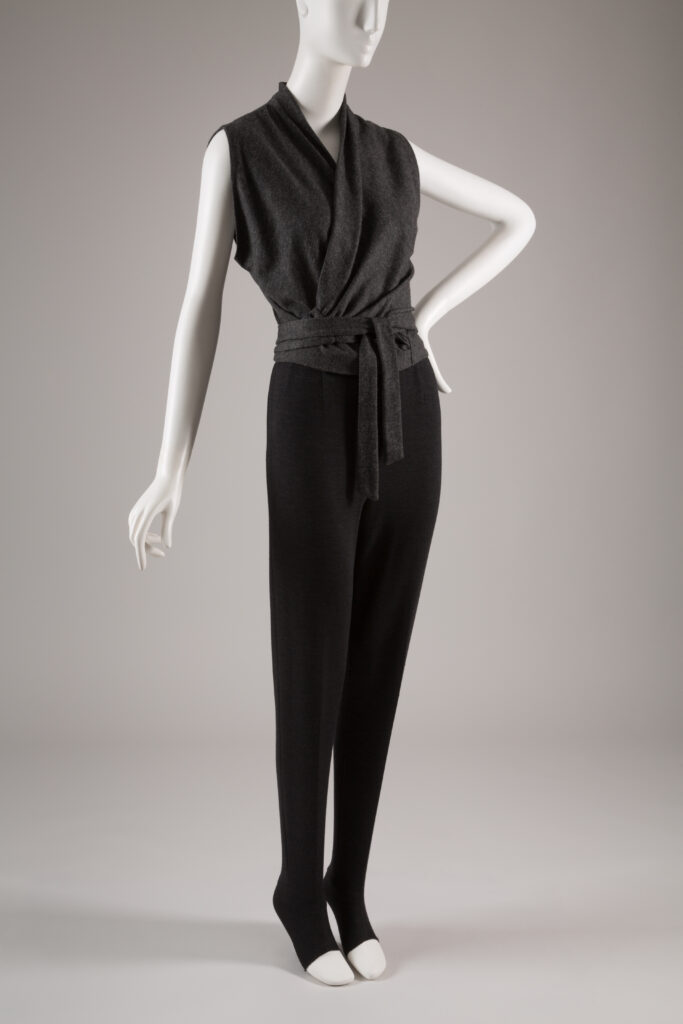
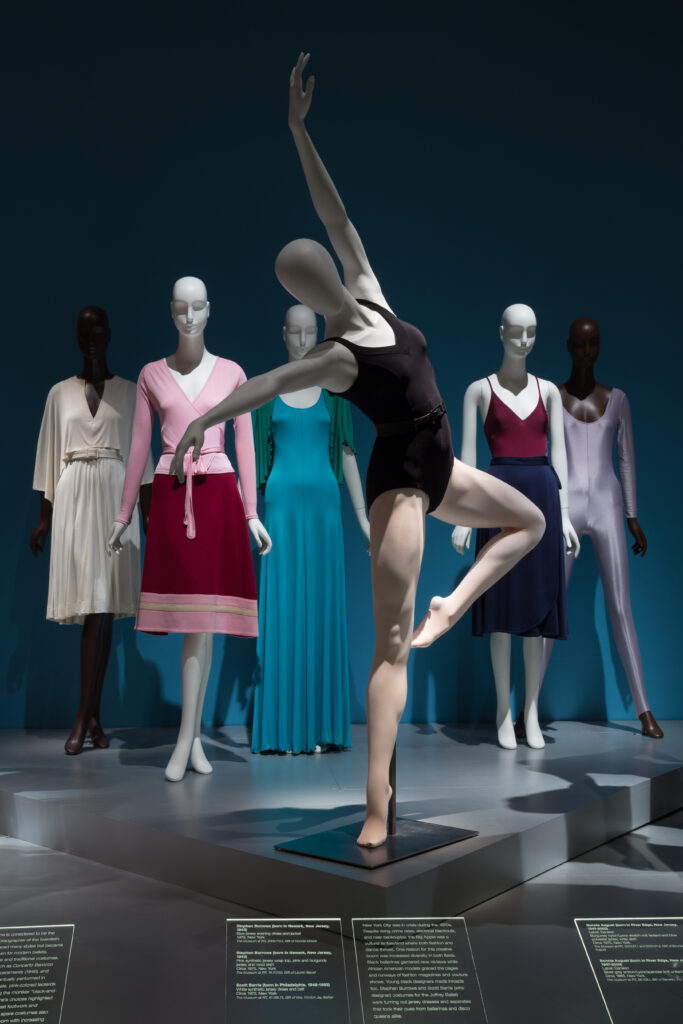
Touching a Nerve
Dancers tend to have strong reactions to representations of ballet in any mainstream context, from movies to TV shows to books. But fashion’s take on ballet has provoked especially visceral responses.
The risk that balletcore is devaluing the concept of what it means to be a dancer is real, says Katie Malia, who with Suzanne Jolie founded the popular Instagram account @modelsdoingballet. Malia and Jolie post examples of fashion brands featuring nondancers modeling ballet-inspired outfits (often including pointe shoes), resulting in ads that can be both hilarious and horrifying.
“I’m not a purist—tutus don’t have to only belong in the theater,” Malia says. “But there’s a lack of education, understanding, and respect of the art form. We need more people to take the craft seriously. Or else ballet becomes satire.”
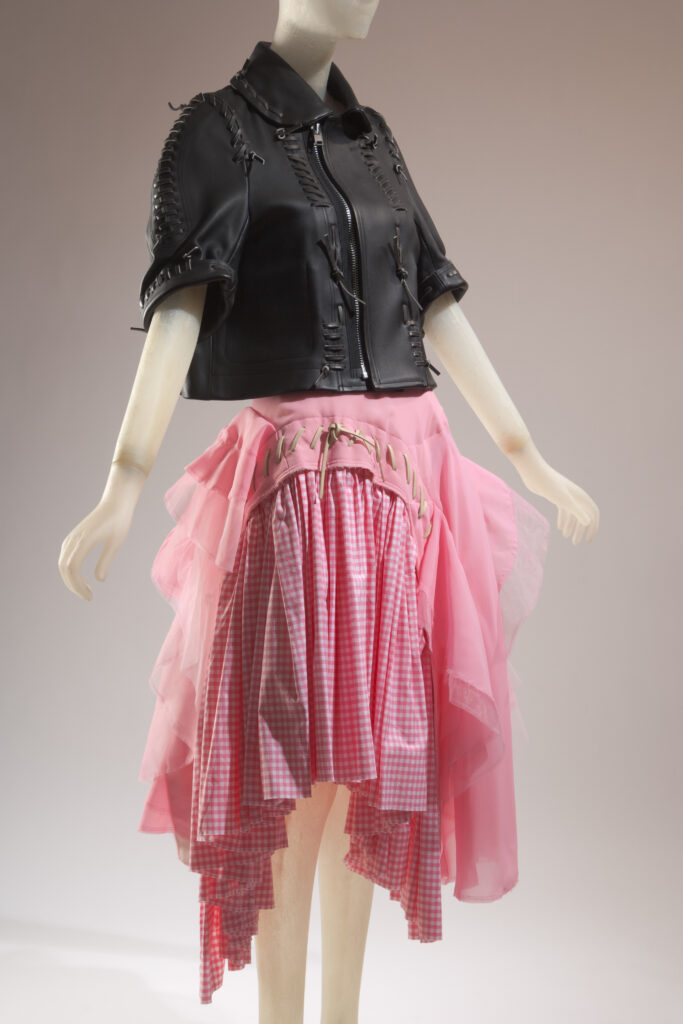
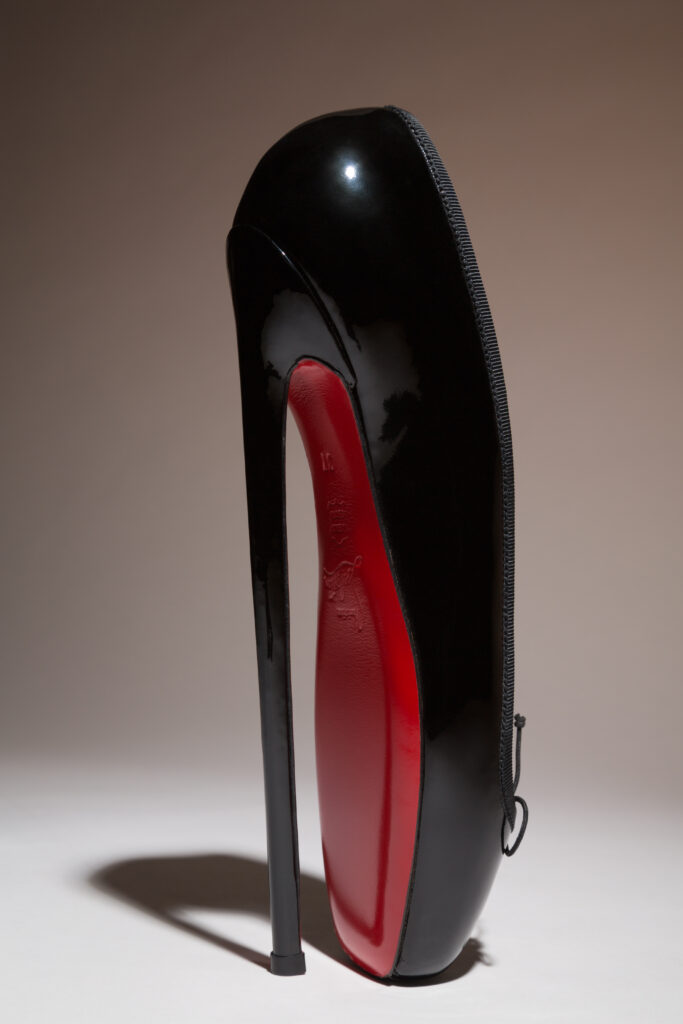
Others aren’t as worried. While acknowledging that most balletcore pieces are nothing like what she or her colleagues wear, Mendoza still feels positive about the widening interest in a balletic aesthetic. “I think it’s flattering,” she says. “Yes, the clothes are a little stereotypical, but people want to be part of our world, and if wearing the clothes makes you feel good, that’s amazing.”
Fashion trends tend to come and go, but balletcore has proved remarkably durable. “There is a certain energy that putting on the uniform of a dancer gives you,” says Watters. “I wouldn’t be surprised if people feel ready to take on something, ready for a performance, by dressing like a dancer and emulating ballet in their fashion.”
Balletcore Done Right
Not all ballet-inspired fashion trades in stereotypical pink satin and ruffles. Some designers are collaborating with dance artists and companies, helping the consuming public connect the styles they admire with the dancers who inspired them.
➛ In addition to documenting egregious balletcore missteps, Katie Malia and Suzanne Jolie’s Instagram account
@modelsdoingballet highlights good ballet-inspired fashion. Some of their favorite collaborations are Christian Dior’s work with choreographers Imre and Marne van Opstal, J. Crew’s with New York City Ballet, and Chanel’s with the Paris Opéra Ballet. “I’d love to see the obsession with balletcore turn into more students and audiences for ballet,” adds Malia.
➛ Watters, who’s known both inside and outside the dance world for his fashion sense, was tapped to create dance videos while wearing Betsey Johnson pieces for the designer’s Pride Month events. “I’m not going to put on something I don’t feel or look good in, and I felt really good about those pieces—you could definitely wear them for class or a performance opportunity,” he says. “I really appreciate anyone trying to dive into the mind of a dancer. I think it’s a powerful thing to tap into the dancers themselves and ask our opinion.”
